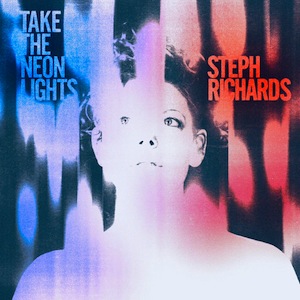Label: Northern spy Records, 2020
Personnel - Steph Richards: trumpet, flugelhorn, resonating drums/water; Jason Moran: piano; Stomu Takeishi: electric bass; Kenny Wollesen: percussion; Sean Raspet: scent design; Andrew Munsey: percussion.
Inventive trumpeter/composer Steph Richards brings a curious concept to her new album, Supersense, a multi-sensory experience involving scents and composition. Working closely with multimedia artist Sean Raspet, Richards uses his distinctively created scents as a way to stimulate improvisation within a daring sonic endeavor carried out alongside musicians of high calibre such as pianist Jason Moran, bassist Stomu Takeishi and percussion master Kenny Wollesen. The physical copies of the album include a scratch and sniff card, so listeners can experience the sensations/reactions for each track.
The utterly percussive “Underbelly” comes alive with a zany electronic-like rhythm bolstered by low-pitched piano patterns and odd trumpet timbres. Just like on “Bunker”, a loose-limbed dance in which Takeishi loosens the lowest-pitched string of his bass guitar for a peculiar effect, it shares the love for a good rhythmic stomp.
The group enjoys a synergistic interplay on both “Canopy” and “Metal Mouth”, while “Glass” and “The Gentlest Insect” are lighter, mood-oriented pieces with considerable doses of contemplation and abstraction. The latter embodies prepared piano sounds arranged with a zen quality, a variety of percussive rattles, sparse and cross-cutting bass sketches, and trumpet melodies with interesting note choices. Progressively taking the shape of a ballad, it has a soft-landing conclusion.
The timbral extension and extreme agility asserted by these musicians are remarkable, and the title track, “Supersense”, is a definite highlight spreading a cool funk-meets-hip-hop vibe. The spontaneity of Moran is on full display here as he combines unexpectedness, mutability and logic in his responsive processes. On his side, Wollesen shows off the Wollesonics, meddling in the dialogue between trumpet and piano.
Through the fragrances, the group conveys motivic relationships, probing ways to better connect their sensorial perceptions to a music that, even off-axis at times, is never deconstructionist.
Grade B
Favorite Tracks:
01 - Underbelly ► 02 - Supersense ► 09 - The Gentlest Insect




